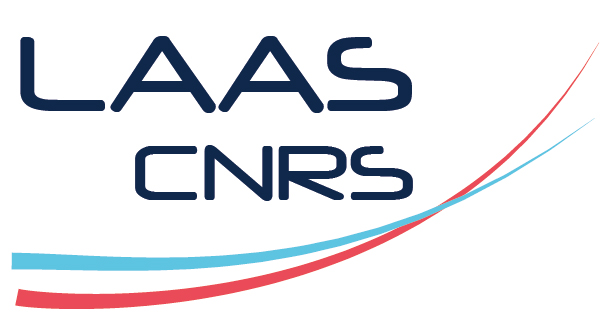A predictive coding framework for safe and versatile control of supernumerary robotic limbs
Résumé
Robotic supernumerary limbs (SLs) can enable humans to perform alone tasks requiring more than two hands. By increasing the number of effective degrees of freedom of the human body, SLs could have a major impact for industrial and medical applications, and profoundly change the way humans interact with their environment. However, the current use of SLs is limited, with applications focused on specific use cases and lacking a comprehensive framework for versatile and ubiquitous use. This limitation stems primarily from the intertwined challenges of ensuring safety and coordination between the natural limbs and SLs. This paper presents a novel control framework for sensorimotor augmentation with SLs based on predictive coding, a process rooted in the hierarchical neural structures that enable the brain to seamlessly manage coordinated and complex actions. Our framework comprises three levels where each level generates predictions for and receives prediction errors from the level below. The α-layer detects the human movement intent and ensures safety through generated constraints. The β-layer controls action and related sensory feedback. For this layer, we propose a novel general voluntary control mechanism that offers a continuum between fully autonomous SLs behaviors and direct control, thereby allowing a user to control SLs in complex tasks with minimal cognitive effort. Finally, the γ-layer executes the SLs control and handles their interaction with the human body and the environment. For each component of our framework, we review the relevant literature and illustrate implementation strategies that can pave the way for safe and versatile SLs control.
| Origine | Fichiers produits par l'(les) auteur(s) |
|---|

